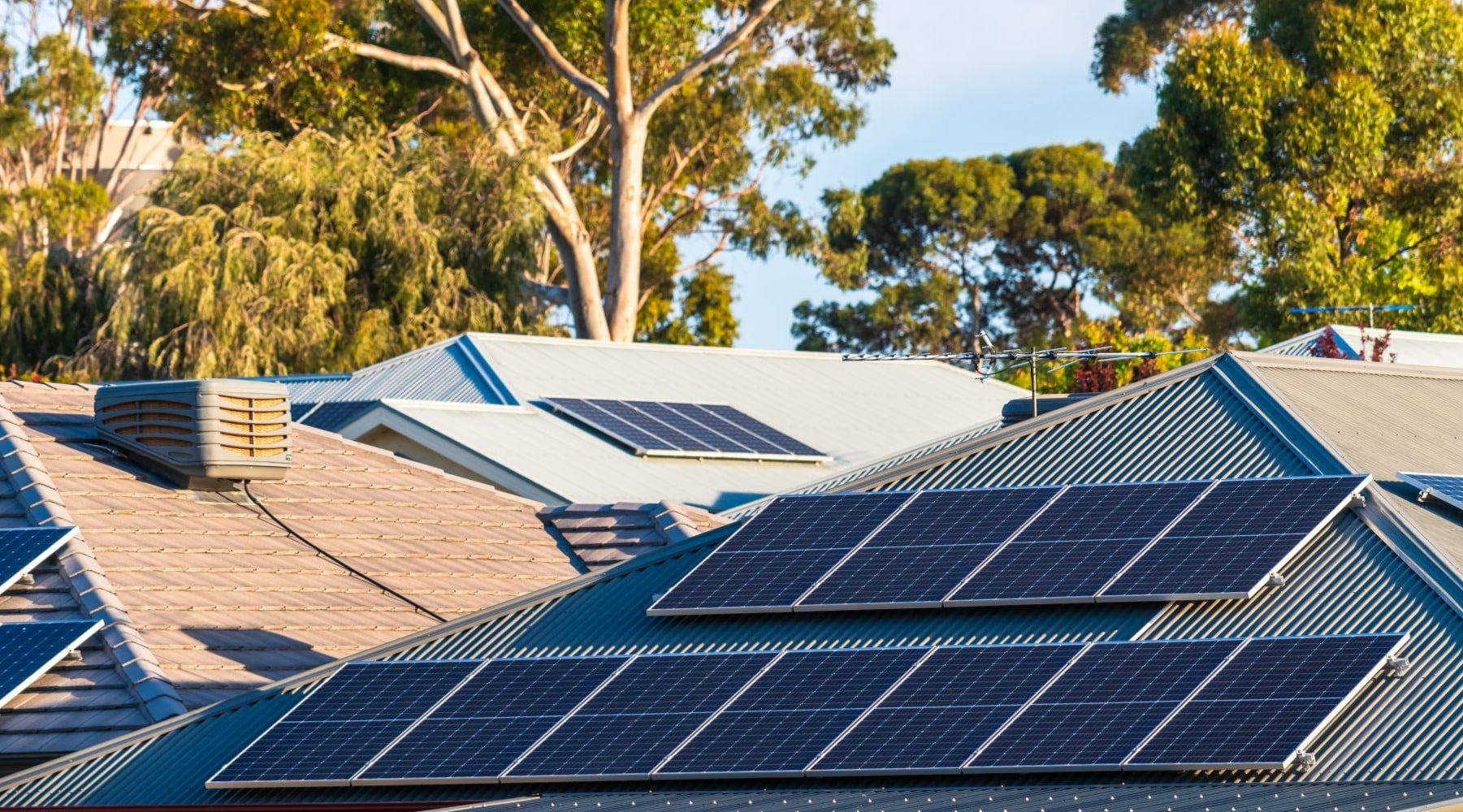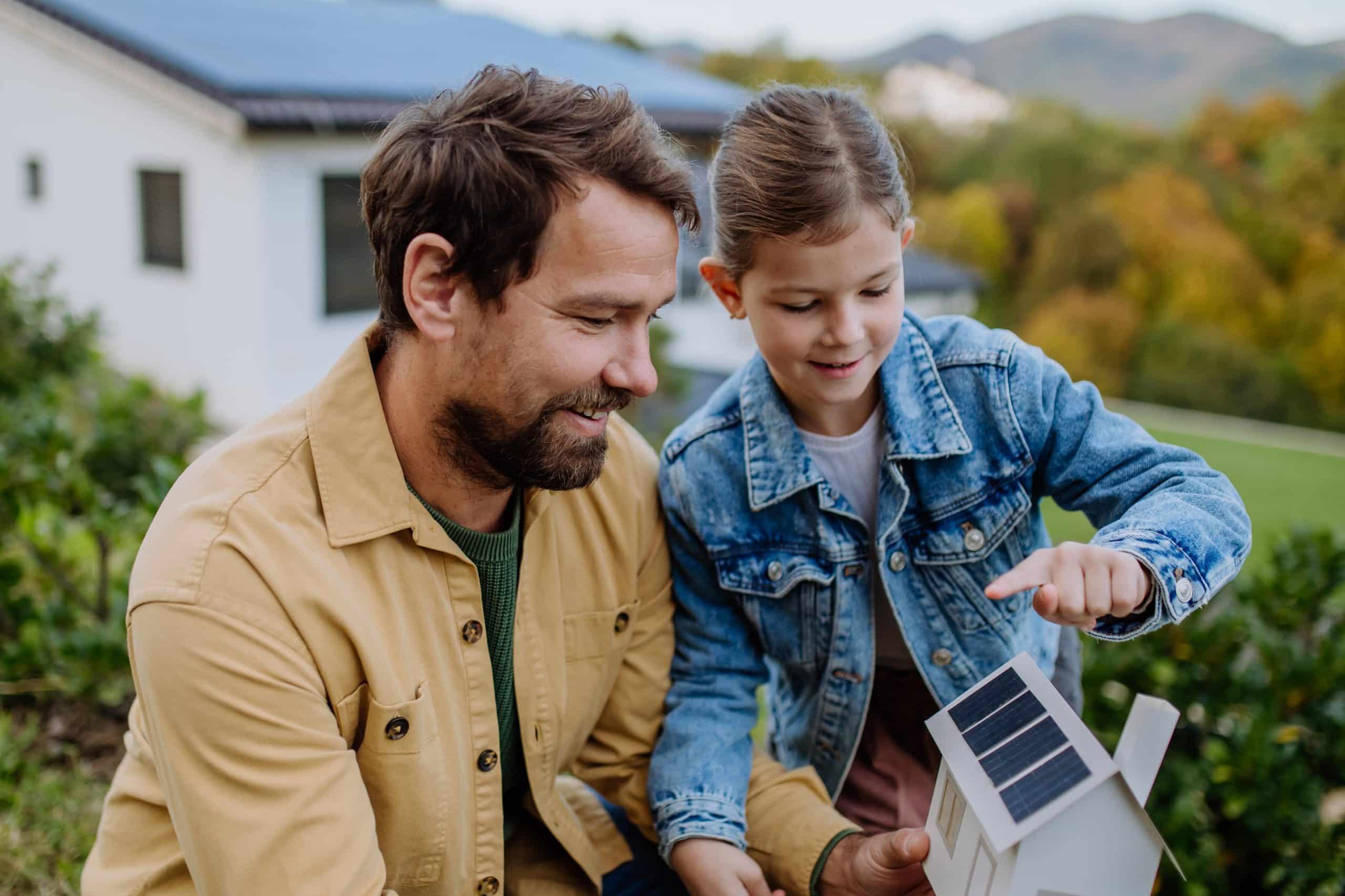Energy providers you can compare with Savvy



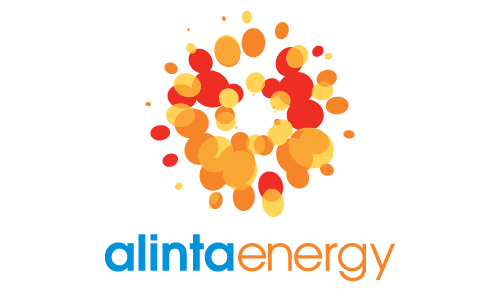



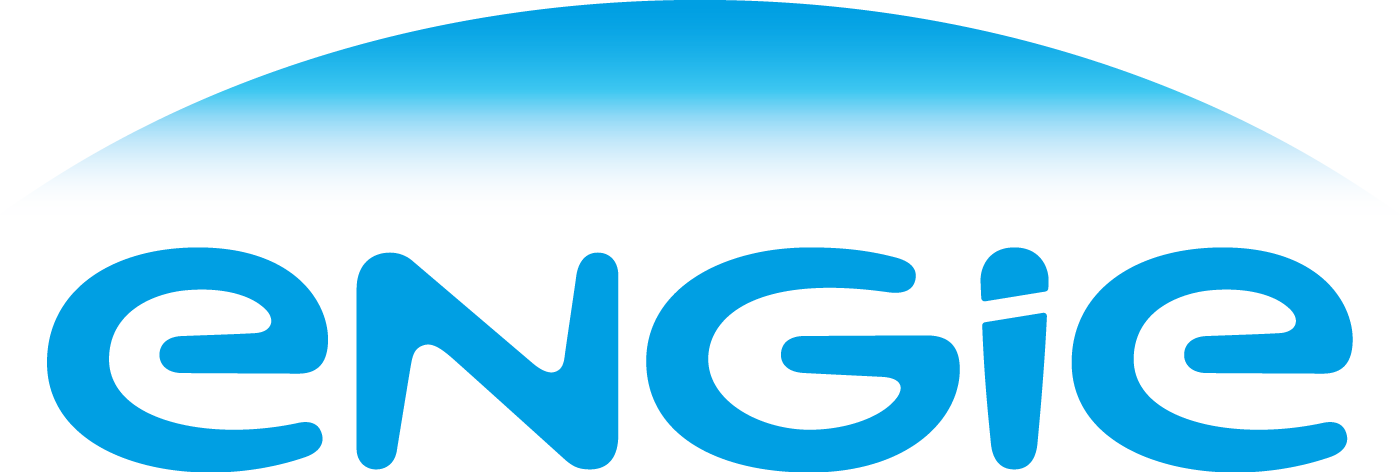




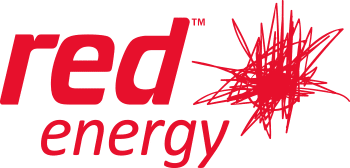

We’ve partnered with Econnex to bring you a range of energy plans to help you compare them.
Green energy plans, also called carbon neutral plans, are electricity or gas plans that make use of sustainable and environmentally friendly energy sources. These sources include solar power, wind power, hydropower, and bioenergy. So-called ‘green energy’ harnesses the power of these renewable resources to generate electricity or to produce gas for consumption by industrial or domestic customers.
The process starts with the installation of solar panels, wind turbines, or other renewable energy systems. These systems capture the energy from the sun, wind, or water, and convert it into usable electricity or gas. This ‘clean’ energy (as opposed to ‘dirty’ fossil fuel), is then fed into the power grid, where it gets mixed with energy from other sources.
When you sign up for a green energy plan, your electricity or gas provider ensures that a portion, or sometimes all, of the energy you consume comes from these renewable sources. This way, you can directly contribute to reducing greenhouse gas emissions and minimise your carbon footprint just by selecting a more environmentally-friendly energy plan.
Why compare energy plans through Savvy?
100% free to use
You won't need to pay a cent to compare a variety of energy plans online through Savvy. It's 100% free.
Simple online quotes
By filling out your form and providing a recent energy bill, you can have all the facts and figures worked out for you.
Choice of leading providers
When you fill out your quote, you'll be able to consider offers from some of the leading energy providers in Australia.
How do green energy plans compare to traditional energy plans?
Green energy plans offer significant advantages over traditional energy plans. Let's explore some key areas of comparison:
Environmental impact
Green energy plans have a far lower environmental impact compared to traditional energy plans. Traditional energy relies heavily on fossil fuels such as coal, oil, and natural gas, which release harmful greenhouse gases when burned. In contrast, green energy plans utilise renewable sources like solar, wind, and hydro, which produce clean energy without greenhouse gas emissions. By choosing a green energy plan, you actively contribute to reducing carbon emissions and combatting climate change.
Sustainability and renewable resources
Green energy plans prioritise sustainability and the use of renewable resources. Traditional energy plans rely on finite fossil fuel reserves, which are depleting over time. In contrast, green energy plans harness the power of inexhaustible resources like sunlight and wind. Cheap solar plans, for example, leverage solar panels to convert sunlight into electricity, providing a sustainable and virtually limitless source of energy.
Energy independence
Green energy plans offer greater energy independence compared to traditional energy plans. With traditional energy, reliance on centralised power grids and external energy sources can leave consumers vulnerable to price fluctuations and supply disruptions. Green energy plans, particularly those incorporating solar power, empower suppliers to generate their own clean electricity and reduce dependence on external sources.
Cost-effectiveness
In the past, green energy plans, including cheap solar plans, were often perceived as expensive compared to traditional energy plans. However, technological advancements, increased adoption, and government incentives have significantly reduced the cost barriers. Solar power, for instance, has become increasingly affordable, with falling solar panel prices and generous government rebates available. In the long term, installing solar panels and batteries and producing other forms of green energy will lead to a more resilient power network in Australia that is less reliant on vulnerable supply chains.
Public health and safety
Green energy plans offer substantial public health and safety benefits. Traditional energy generation from fossil fuels releases pollutants into the air, contributing to air pollution and associated health risks. Green energy plans, on the other hand, encourage power suppliers to buy from clean energy sources, which reduces harmful pollutants, leading to improved air quality and better overall public health.
Green energy plans, including cheap solar plans, outshine traditional energy plans in terms of environmental impact, sustainability, energy independence, cost-effectiveness, and public health. By embracing green energy, you contribute to a cleaner, more sustainable future. Switching to a green energy plan not only reduces your carbon footprint but also supports the development of renewable energy infrastructure. To explore affordable and environmentally friendly options, use Savvy to compare the energy plans that are available in your area.
What is GreenPower?
GreenPower is a government-certified program in Australia that promotes the generation of renewable energy. By participating in GreenPower, consumers can choose to have a portion or all of their electricity sourced from renewable energy, supporting a cleaner and more sustainable energy future. GreenPower is sponsored by various states in Australia, including New South Wales, Victoria, Queensland, South Australia, and the Australian Capital Territory. Each state has its own regulations and incentives for renewable energy.
Is GreenPower more expensive?
GreenPower does come at an additional cost compared to standard energy plans. The exact pricing may vary depending on the energy retailer and the amount of GreenPower you choose to purchase.
Roughly estimated, opting for 100 percent GreenPower may result in an additional cost of approximately 5-8 cents per kilowatt-hour (kWh) compared to your current electricity rate. This is because your electricity provider needs to procure renewable energy at the wholesale electricity price, and then add on an extra GreenPower premium.
The cost of GreenPower is typically higher than standard energy because it supports the generation of renewable energy, which can be more expensive to produce than energy from traditional fossil fuel sources. However, it is important to note that the additional cost of GreenPower is an investment in a cleaner and more sustainable future.
The price difference between GreenPower and standard energy plans is influenced by several factors, such as the percentage of GreenPower you opt for and the electricity market conditions. Energy retailers may offer different GreenPower options and pricing plans, so it's advisable to compare offers from different providers to find the most suitable and affordable option.
While GreenPower may have a higher price tag, many individuals and businesses are willing to pay the premium as a conscious choice to support renewable energy and reduce their environmental impact. The decision to switch to GreenPower goes beyond just cost considerations; it reflects a commitment to sustainable practices and a contribution to mitigating climate change.
If you are considering GreenPower, research and compare offerings from different energy retailers through Savvy to find the most competitive pricing and suitable plan for your needs.
Types of energy plans
How to switch energy providers through Savvy
-
Fill out a quick online form
First and foremost, you can start by filling out a quote with information about you and your energy profile, such as where you live, your overall usage and more.
-
Compare available offers
With the information in your form and a recent energy bill, you’ll be able to compare deals from a panel of leading energy providers based on a variety of important factors.
-
Make the switch
If you find an energy deal you’re happy with, you can go ahead and make the switch to a new plan or provider. This will be prepared and handled for you and can be completed in 24 to 48 hours.



